-
 Bitcoin
Bitcoin $115000
0.12% -
 Ethereum
Ethereum $3701
4.50% -
 XRP
XRP $3.081
2.99% -
 Tether USDt
Tether USDt $0.0000
-0.01% -
 BNB
BNB $767.9
1.45% -
 Solana
Solana $169.5
3.13% -
 USDC
USDC $0.9999
0.01% -
 Dogecoin
Dogecoin $0.2106
4.30% -
 TRON
TRON $0.3334
1.62% -
 Cardano
Cardano $0.7564
2.54% -
 Stellar
Stellar $0.4165
0.76% -
 Hyperliquid
Hyperliquid $38.75
0.25% -
 Sui
Sui $3.593
3.00% -
 Chainlink
Chainlink $17.08
3.59% -
 Bitcoin Cash
Bitcoin Cash $573.6
4.35% -
 Hedera
Hedera $0.2508
-0.84% -
 Avalanche
Avalanche $23.07
6.46% -
 Ethena USDe
Ethena USDe $1.001
-0.02% -
 Litecoin
Litecoin $120.8
8.17% -
 UNUS SED LEO
UNUS SED LEO $8.943
-0.32% -
 Toncoin
Toncoin $3.400
-5.60% -
 Shiba Inu
Shiba Inu $0.00001255
1.54% -
 Uniswap
Uniswap $9.908
6.32% -
 Polkadot
Polkadot $3.718
2.10% -
 Monero
Monero $303.0
-0.74% -
 Dai
Dai $0.9999
-0.02% -
 Bitget Token
Bitget Token $4.392
0.91% -
 Cronos
Cronos $0.1403
6.31% -
 Pepe
Pepe $0.00001076
1.13% -
 Aave
Aave $267.2
1.80%
One article to understand what the Elastos (ELA) currency is
Elastos (ELA) is a revolutionary decentralized blockchain platform empowering developers to create privacy-centric smart contracts, dApps, and digital identities with its hybrid architecture, custom smart contract language, and thriving ecosystem.
Jan 02, 2025 at 03:53 pm
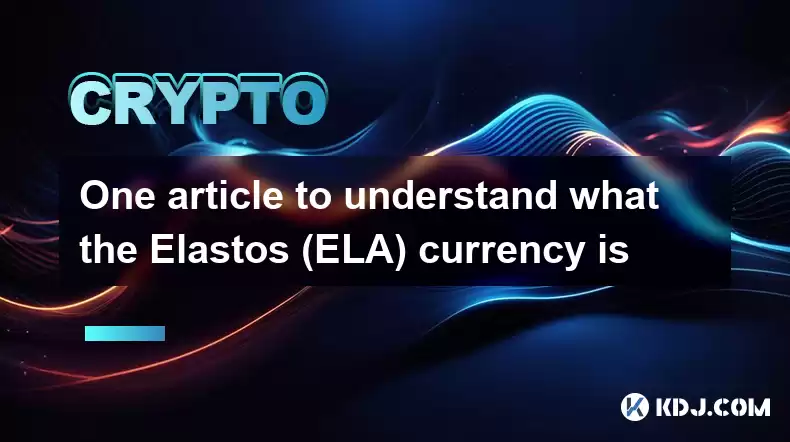
Key Points:
What is Elastos (ELA)?
- A decentralized blockchain platform for smart contracts, decentralized applications (dApps), and digital identities.
History of Elastos
- Launched in 2017, with a focus on privacy and data security.
Features of Elastos
- Hybrid blockchain architecture, enabling scalability and flexibility.
- Smart contract language (ELAVM) tailored to real-world applications.
- Comprehensive SDK for dApp development.
ELA Token
- Utility token used for fees, rewards, and governance.
Ecosystem and Partnerships
- Growing ecosystem of dApps, wallets, and exchanges.
- Partnerships with industry leaders like Chainlink and Qtum.
Future of Elastos
- Roadmap includes expanded dApp offerings, cross-chain integrations, and privacy enhancements.
What is Elastos (ELA)?
Elastos (ELA) is a decentralized blockchain platform that enables the development and deployment of smart contracts, decentralized applications (dApps), and digital identities. It operates on a hybrid blockchain architecture, combining the scalability of a carrier chain with the flexibility of sidechains. This allows Elastos to handle high transaction volumes while supporting a wide range of use cases.
History of Elastos
Elastos was first introduced in 2017 by Rong Chen, a Chinese entrepreneur and founder of Elastos Foundation. The platform was initially designed to address the challenges of data security and privacy in the digital age. Elastos's team recognized the potential of blockchain technology to provide a decentralized and tamper-proof environment for securing sensitive data.
Features of Elastos
- Hybrid Blockchain Architecture: Elastos utilizes a two-layer blockchain structure, consisting of a carrier chain and multiple sidechains. The carrier chain serves as the backbone of the network, processing transactions and maintaining the blockchain state. Sidechains, on the other hand, are specialized blockchains tailored to specific applications or use cases. This architecture allows Elastos to achieve high scalability and flexibility.
- Smart Contract Language (ELAVM): Elastos employs a custom-designed smart contract language called ELAVM (Elastos Virtual Machine). ELAVM is specifically optimized for real-world applications, providing an intuitive and efficient environment for developing smart contracts. It supports a wide range of data types, complex operations, and control structures, enabling developers to create sophisticated and robust decentralized applications.
- Comprehensive SDK: Elastos offers a comprehensive software development kit (SDK) that provides developers with all the tools and resources they need to create dApps on the platform. The SDK includes libraries, documentation, tutorials, and code samples, making it easy for developers to get started with Elastos.
ELA Token
The native token of the Elastos ecosystem is ELA. ELA is used for several key functions within the platform:
- Transaction Fees: ELA is required to pay for transaction fees on the Elastos network. These fees compensate miners for validating and adding transactions to the blockchain.
- Rewards: ELA is distributed as rewards to miners who contribute their computational power to secure the network.
- Governance: ELA holders can participate in the governance of the Elastos ecosystem by voting on proposals that affect the development and direction of the platform.
Ecosystem and Partnerships
Elastos has cultivated a thriving ecosystem of dApps, wallets, and exchanges. Notable dApps built on Elastos include Elastos Carrier, a decentralized messaging platform; HiFi Finance, a decentralized finance (DeFi) protocol; and Elastos Smart City, a solution for smart city development. Elastos has also established partnerships with leading industry players, such as Chainlink and Qtum. These partnerships provide Elastos with access to oracle services, cross-chain integrations, and interoperability with other blockchain ecosystems.
Future of Elastos
The roadmap for Elastos includes ambitious plans to expand the dApp ecosystem, improve cross-chain interoperability, and enhance privacy features. The team is working on developing new dApps for various sectors, including gaming, social media, and IoT. Additionally, Elastos is actively pursuing collaborations with other blockchain projects to ensure compatibility and synergy across the industry. Privacy is a key focus for Elastos, and the team is exploring innovative approaches to protect user data and maintain anonymity on the platform.
FAQs
Q: What are the benefits of using Elastos?
A: Elastos offers several advantages, including: high scalability, flexibility, a custom-designed smart contract language, a comprehensive SDK, and a growing ecosystem of dApps and partners.
Q: How does Elastos ensure data privacy?
A: Elastos employs a series of privacy-enhancing features, such as zero-knowledge proofs, homomorphic encryption, and decentralized identity management. These technologies allow users to control their personal data and interact with dApps without revealing their sensitive information.
Q: What are the use cases for ELA tokens?
A: ELA tokens are used for paying transaction fees, earning rewards from mining, participating in governance, and providing liquidity on decentralized exchanges.
Disclaimer:info@kdj.com
The information provided is not trading advice. kdj.com does not assume any responsibility for any investments made based on the information provided in this article. Cryptocurrencies are highly volatile and it is highly recommended that you invest with caution after thorough research!
If you believe that the content used on this website infringes your copyright, please contact us immediately (info@kdj.com) and we will delete it promptly.
- Velo Universe, DEX, and DeFi Security: Navigating the Future of Decentralized Trading
- 2025-08-05 09:25:13
- Bitget Wallet Revolutionizes Solana with Gas-Free Transactions: A New Era for DeFi
- 2025-08-05 09:25:13
- Ozak AI, Crypto Boom, and ROI Potential: Is This the Next Big Thing?
- 2025-08-05 09:25:24
- Solana's ETF Hopes & the All-Time High Chase: Is SOL Set to Soar?
- 2025-08-05 09:25:24
- Coinbase's Brian Armstrong and the Art of Focused Work: A Deep Dive
- 2025-08-05 09:25:30
- Uniswap Price Prediction: Bullish Reversal on the Horizon?
- 2025-08-05 09:25:30
Related knowledge
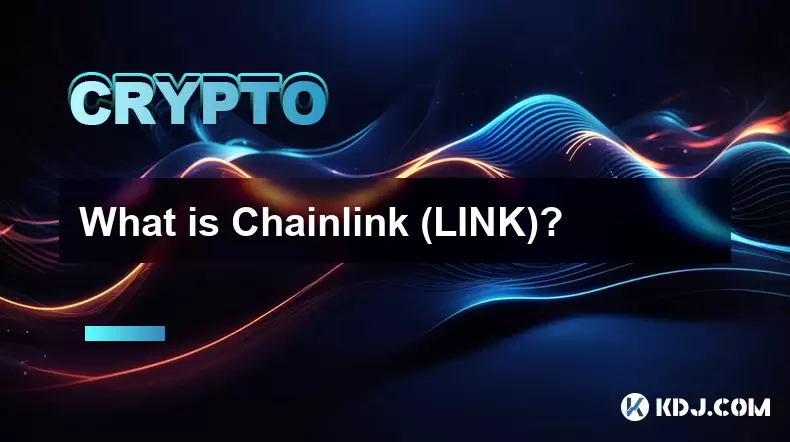
What is Chainlink (LINK)?
Jul 22,2025 at 02:14am
Understanding Chainlink (LINK): The Decentralized Oracle NetworkChainlink is a decentralized oracle network designed to bridge the gap between blockch...
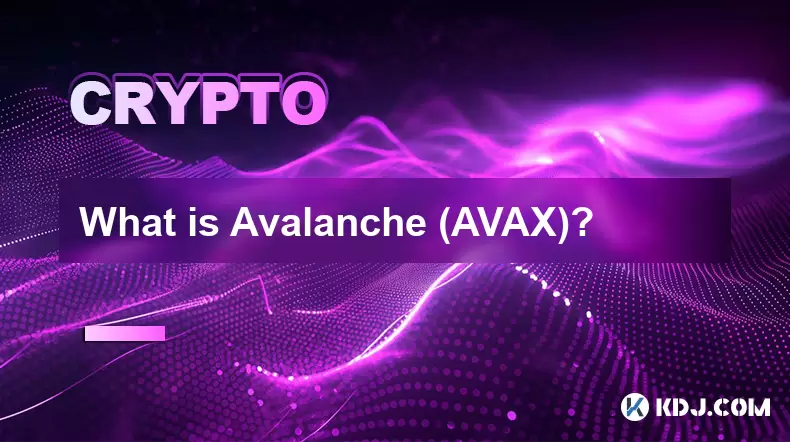
What is Avalanche (AVAX)?
Jul 22,2025 at 08:35am
What is Avalanche (AVAX)?Avalanche (AVAX) is a decentralized, open-source blockchain platform designed to support high-performance decentralized appli...
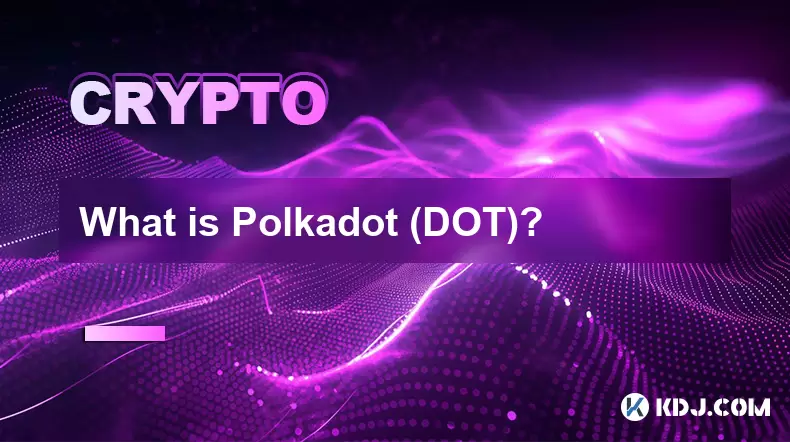
What is Polkadot (DOT)?
Jul 19,2025 at 06:35pm
Understanding the Basics of Polkadot (DOT)Polkadot (DOT) is a multi-chain network protocol designed to enable different blockchains to transfer messag...
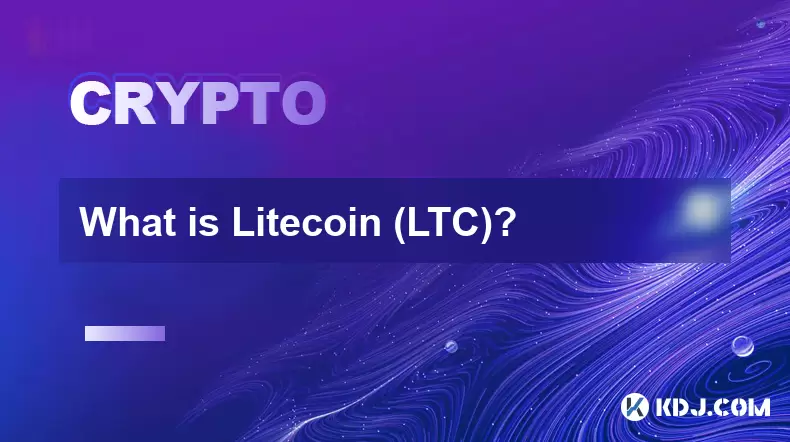
What is Litecoin (LTC)?
Jul 23,2025 at 11:35am
Overview of Litecoin (LTC)Litecoin (LTC) is a peer-to-peer cryptocurrency that was created in 2011 by Charlie Lee, a former Google engineer. It is oft...
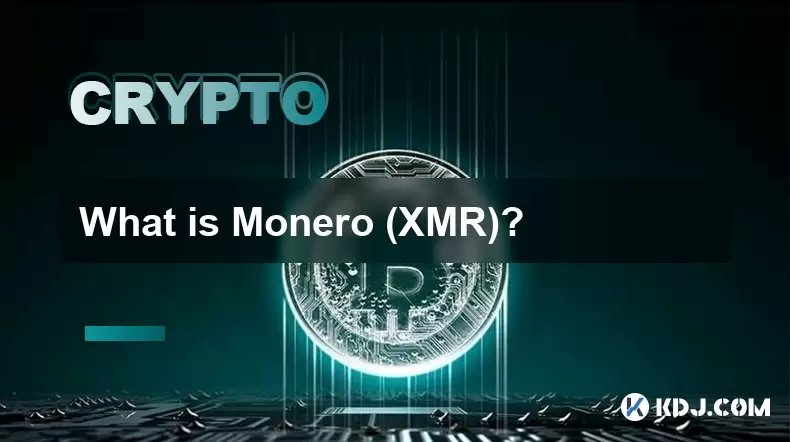
What is Monero (XMR)?
Jul 21,2025 at 10:07am
What is Monero (XMR)?Monero (XMR) is a decentralized cryptocurrency designed to provide enhanced privacy and anonymity for its users. Unlike Bitcoin a...
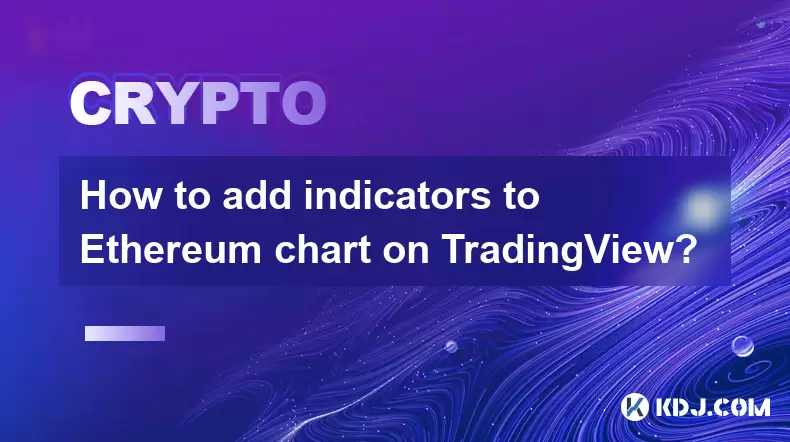
How to add indicators to Ethereum chart on TradingView?
Jul 19,2025 at 07:15am
What Is an Ethereum Chart on TradingView?The Ethereum chart on TradingView is a visual representation of the price movement of Ethereum (ETH) over a s...

What is Chainlink (LINK)?
Jul 22,2025 at 02:14am
Understanding Chainlink (LINK): The Decentralized Oracle NetworkChainlink is a decentralized oracle network designed to bridge the gap between blockch...

What is Avalanche (AVAX)?
Jul 22,2025 at 08:35am
What is Avalanche (AVAX)?Avalanche (AVAX) is a decentralized, open-source blockchain platform designed to support high-performance decentralized appli...

What is Polkadot (DOT)?
Jul 19,2025 at 06:35pm
Understanding the Basics of Polkadot (DOT)Polkadot (DOT) is a multi-chain network protocol designed to enable different blockchains to transfer messag...

What is Litecoin (LTC)?
Jul 23,2025 at 11:35am
Overview of Litecoin (LTC)Litecoin (LTC) is a peer-to-peer cryptocurrency that was created in 2011 by Charlie Lee, a former Google engineer. It is oft...

What is Monero (XMR)?
Jul 21,2025 at 10:07am
What is Monero (XMR)?Monero (XMR) is a decentralized cryptocurrency designed to provide enhanced privacy and anonymity for its users. Unlike Bitcoin a...

How to add indicators to Ethereum chart on TradingView?
Jul 19,2025 at 07:15am
What Is an Ethereum Chart on TradingView?The Ethereum chart on TradingView is a visual representation of the price movement of Ethereum (ETH) over a s...
See all articles

























































































